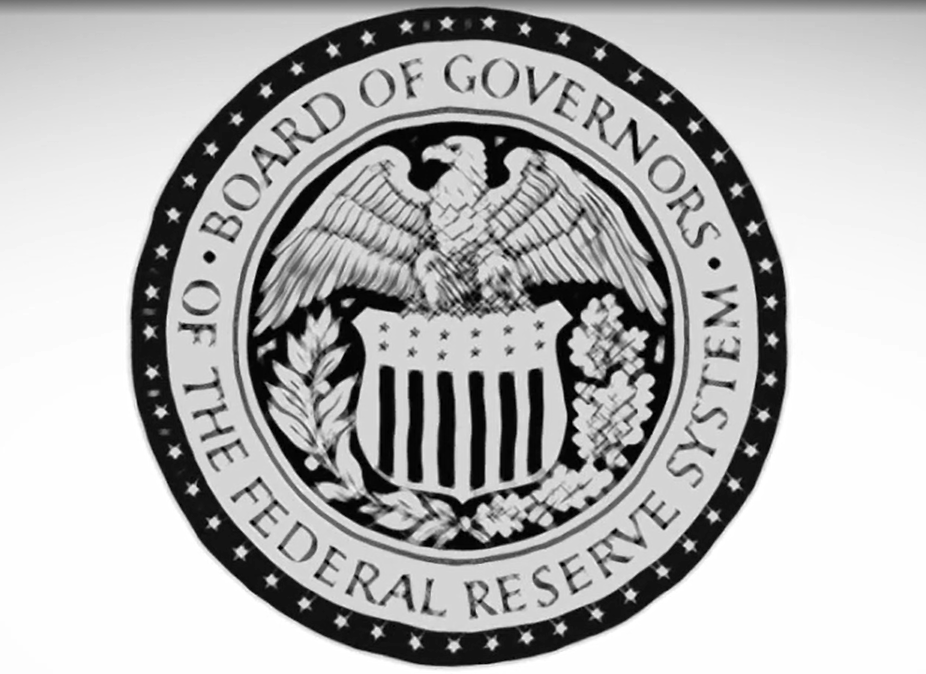Highlights of FOMC minutes
Minutes of the Federal Open Market Committee (FOMC) meeting dated January 26 - 27 have been published.
In the meeting, the Committee decided to keep the target range for the federal funds rate at 0 to 1/4 percent and expects it will be appropriate to maintain this target range until labor market conditions have reached levels consistent with the Committee's assessments of maximum employment and inflation has risen to 2 percent and is on track to moderately exceed 2 percent for some time. In addition, the Federal Reserve will continue to increase its holdings of Treasury securities by at least $80 billion per month and of agency mortgage‑backed securities by at least $40 billion per month until substantial further progress has been made toward the Committee's maximum employment and price stability goals.
With the Democratic Party gaining a majority in Congress, stimulus expectations have increased, the minutes stated, noting that ongoing support payments and the ongoing vaccination campaign have provided significant support for the economy.
Also, the rise in inflation should be taken into account even if it is short-term, and policy makers stressed that economic conditions are already far from targets and that the supportive policy stance should continue until the targets are achieved, according to the meeting minutes. Several participants also stated their concerns about supply constraints' probable effects on inflation.
The minutes also quoted several members saying they saw relatively tight credit conditions for some borrowers, while expressing the importance of staying alert to banking system risks.
Committee members, who agree that uncertainty over the economic outlook remains, reportedly considered new coronavirus variants and difficulties in the vaccine production and distribution process as elements of downside risk.
Committee members said it would probably take a little more time to make significant progress in the asset purchase program against the economic effects of coronavirus, noting the importance of communication before making any change in the current pace of asset purchases.
It is clear that committee members agree that, although the vaccination campaign works as an important catalyst, it has not yet removed a significant layer from the uncertainty about the economic outlook due to elements related to the Coronavirus outbreak.
In other words, members, who believe that downside risks to the economic outlook are still on the table despite the fact that there is an effective vaccination campaign and stimulus optimism, think that the Fed should maintain its supportive stance and that it is not the right time to shrink the balance sheet. However, it is also critical to understand that the Fed will begin to communicate correctly with the markets before making any changes in the current pace of asset purchase program.





